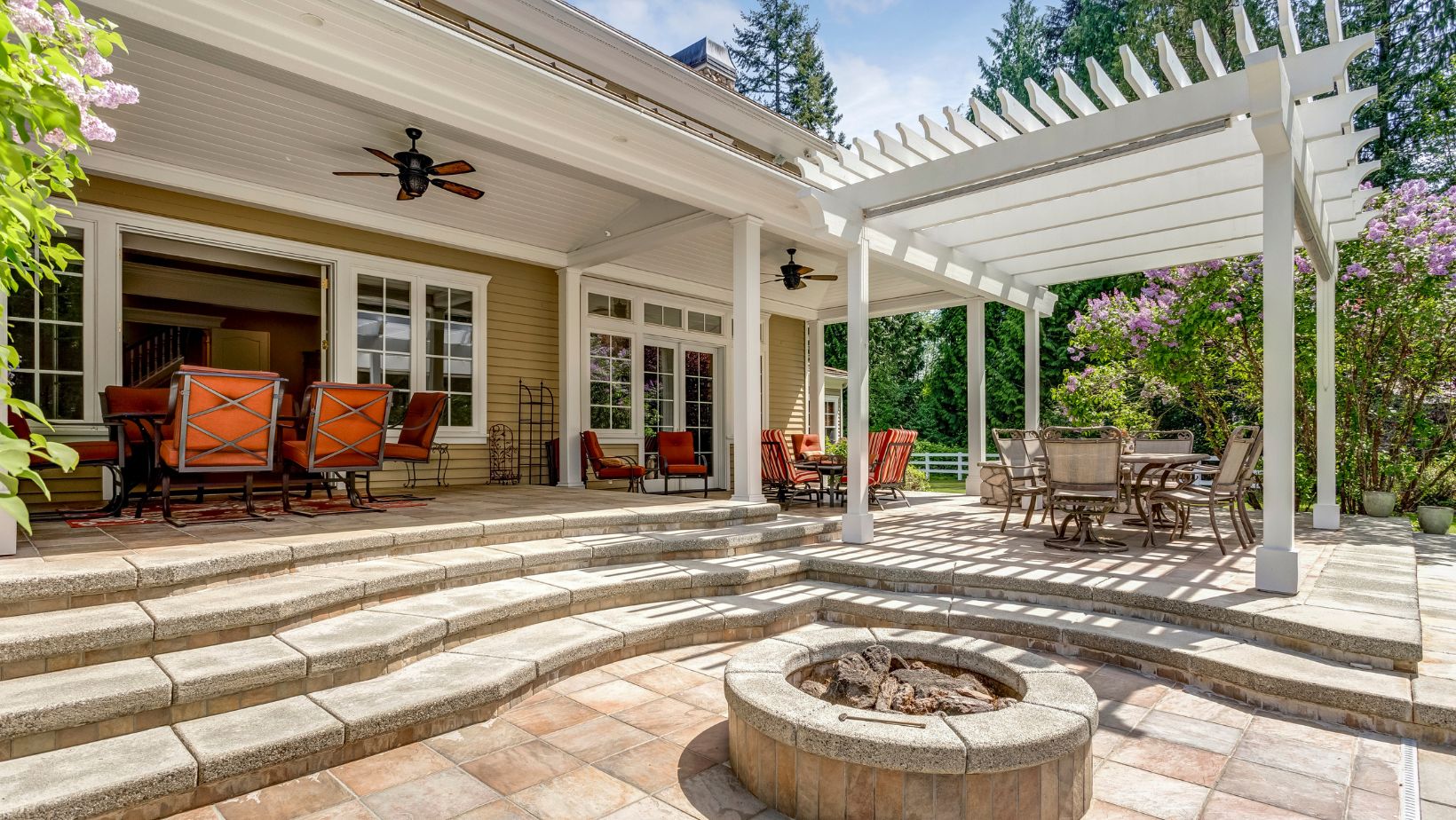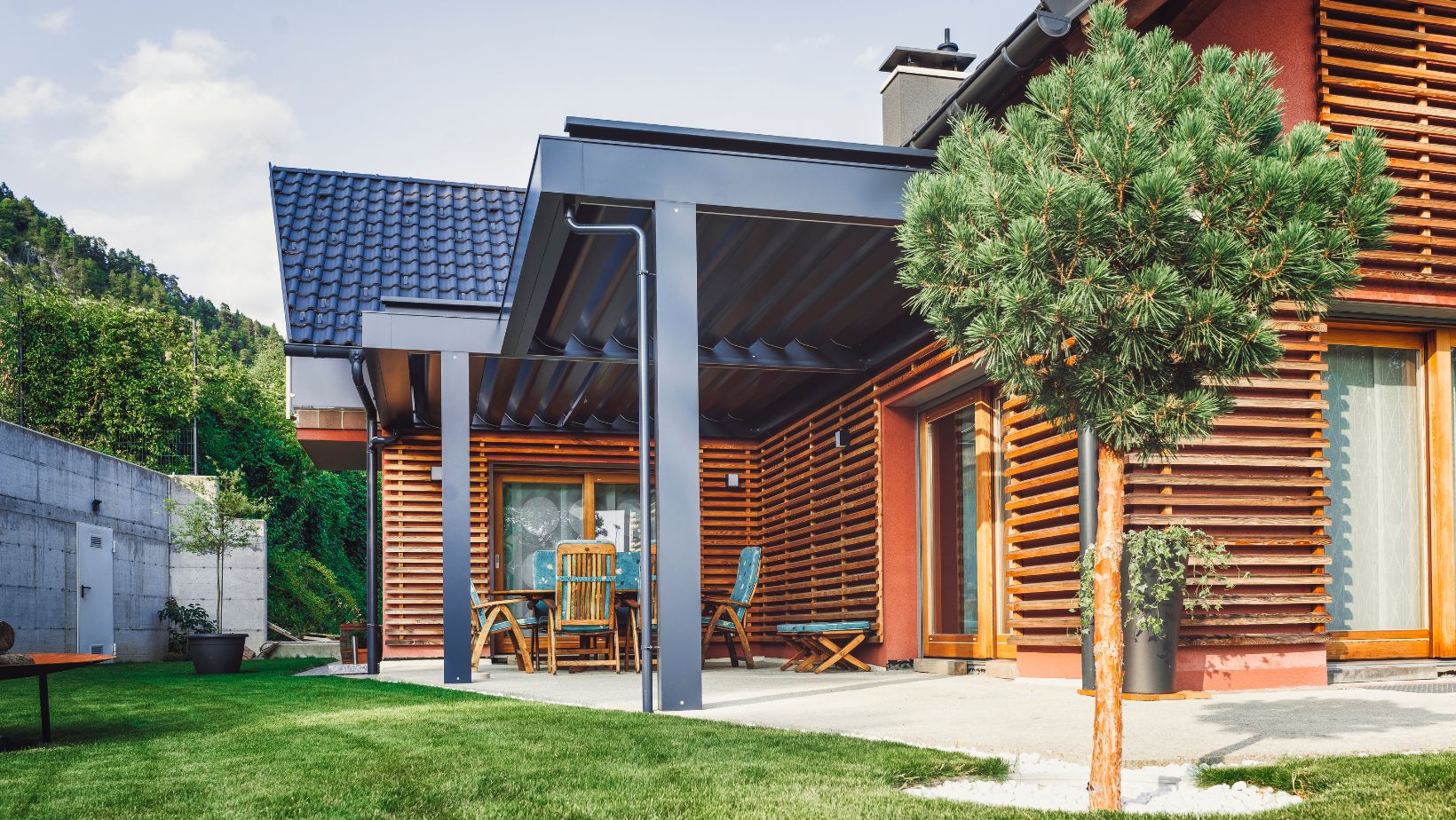Have you ever wondered how to transform the look of your garden or backyard? Or are you looking for a way to protect outdoor structures from the harsh weather? Whether it’s a garden wall, a feature structure, or a backyard fence, how can you achieve beauty and durability in your outdoor space? Cement rendering may be the solution you’re looking for. This time-tested technique enhances the aesthetics of your outdoor environment and provides long-lasting protection against the elements. This article explores how cement rendering works and why it’s a great choice for creating a stylish and durable outdoor retreat.
Step-by-Step Process of Cement Rendering for Outdoor Spaces
Cement rendering is relatively straightforward, but it requires proper preparation and attention to detail to ensure the best results. Below is a step-by-step guide to how cement rendering works.
1. Surface Preparation
The first step in cement rendering is preparing the surface. For the render to adhere properly, the surface must be clean and free from debris or oils. Any loose material should be removed, and the surface should be lightly moistened to prevent it from absorbing too much moisture from the render. A bonding agent is sometimes applied to ensure the cement sticks better to the surface.
2. Mixing the Cement Render
Cement rendering involves mixing a combination of cement, lime, and sand. The exact proportions can vary depending on the specific requirements of the project. Lime helps improve the workability of the mix, while sand adds bulk and texture. Water is added to create a workable paste.
Some people opt for pre-mixed renders available in the market, but mixing your own allows for more customization, especially if you want a particular texture or finish.
3. Application of the Render
Once the surface and render mix are prepared, the application begins. Cement rendering is typically applied in multiple layers to ensure strength and durability.
- First Coat (Base Coat or Scratch Coat): The first coat, often referred to as the scratch coat, is applied to the surface. This rough layer is designed to create a solid bond between the wall and the render. It’s applied with a trowel, and the surface is scraped to help with the adhesion of the next coat.
- Second Coat: A second coat is applied after the first coat has set but is still slightly damp. This layer is smoother and more uniform, covering any imperfections in the base coat and creating an even, solid finish.
- Final Finish: The final layer is the decorative finish. Depending on the desired appearance, this can be left smooth, textured (using a sponge or brush), or given additional decorative touches like colored pigments or pebbles. Texturing can be done by troweling or using various other techniques to create a unique finish.
4. Curing the Render
Once the render is applied, it needs time to cure properly. Curing allows the cement to harden and achieve maximum strength. This process usually takes several days. During this period, keeping the render moist is important to prevent cracking, especially in hot weather.
Resilient cement rendering is particularly beneficial in outdoor spaces. It ensures that garden walls and fences remain intact, even under harsh weather conditions, offering lasting protection and minimal maintenance.
Benefits of Cement Rendering in Gardens and Backyards
Cement rendering offers numerous advantages when used in gardens and backyards, making it an ideal solution for enhancing the aesthetics and functionality of outdoor spaces.

1. Durability and Weather Resistance
One of the primary benefits of cement rendering is its durability. It can withstand exposure to various weather conditions, including rain, wind, and temperature fluctuations. This makes it particularly effective for outdoor applications where surfaces are subject to constant environmental stress.
Whether it’s a fence, wall, or garden structure, cement rendering helps protect against moisture penetration, mold growth, and deterioration over time.
2. Aesthetic Appeal
Cement rendering can completely transform the look of an outdoor space. It offers a clean, modern finish that can be tailored to match your garden or backyard design. The final finish can be smooth, rough, or textured, depending on the desired style. Additionally, cement render can be painted or left in natural color, giving you flexibility in how you style the space.
Cement rendering is an excellent option for homeowners looking to create a sleek, contemporary outdoor environment. It’s particularly effective for creating feature walls, decorative garden structures, and unique outdoor elements like fire pits or barbecues.
3. Low Maintenance
Once applied, cement rendering is relatively low-maintenance. It’s resistant to weathering and won’t require frequent repairs or treatments. However, occasional cleaning and re-sealing may be necessary, especially if the surface has been exposed to the elements for an extended period.
4. Increased Property Value
Cement rendering can increase the curb appeal of your property, which can be particularly beneficial if you plan to sell your home in the future. A well-rendered garden wall or fence can significantly affect how potential buyers perceive your home, adding both aesthetic and practical value.
Considerations When Using Cement Rendering
While cement rendering offers numerous benefits, there are a few considerations to consider before starting your project.
1. Cracking Risks
Improper application or curing can lead to cracks in the render. These cracks can occur due to rapid drying, temperature changes, or insufficient bonding. To prevent this, following the correct application process and allowing the render to cure properly is crucial.
2. Weight of the Render
Cement render adds weight to the structure it is applied to. If you’re rendering a very light garden wall or structure, it’s important to assess the load-bearing capacity of the surface before proceeding. Otherwise, the added weight could compromise the stability of the structure.
3. Environmental Impact
While cement rendering is durable, it’s important to consider the environmental impact of cement production. For eco-conscious homeowners, sustainable alternatives are available, such as lime render or other environmentally friendly materials that reduce carbon emissions.
Conclusion
Cement rendering is a versatile and durable solution for enhancing the appearance and strength of outdoor structures in your garden or backyard. From creating beautiful feature walls to weatherproofing garden fences and retaining walls, this technique provides aesthetic value and long-lasting protection. Whether you want a sleek, modern look or a more textured, natural finish, cement rendering is a fantastic choice for transforming your outdoor space into a stylish and functional environment.

By following the proper application steps and considering potential risks, you can enjoy the benefits of cement rendering for years, making it a worthwhile investment for your garden or backyard project.

